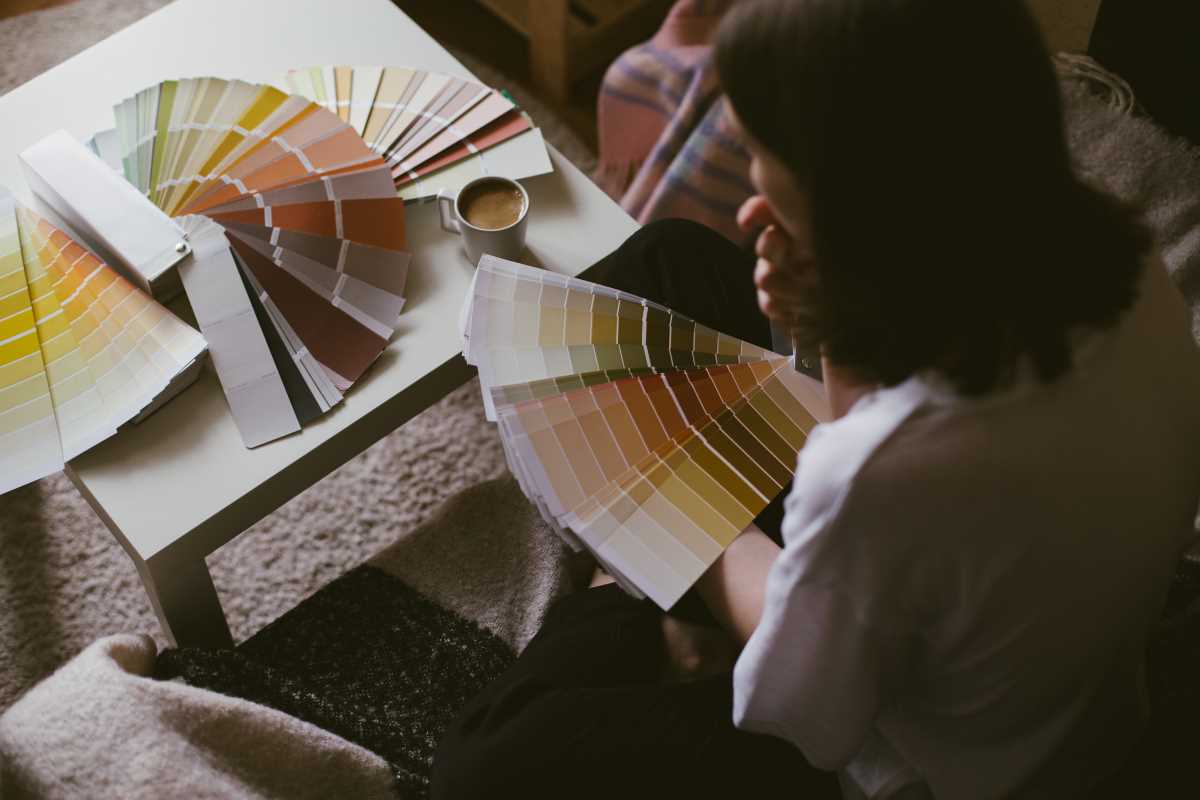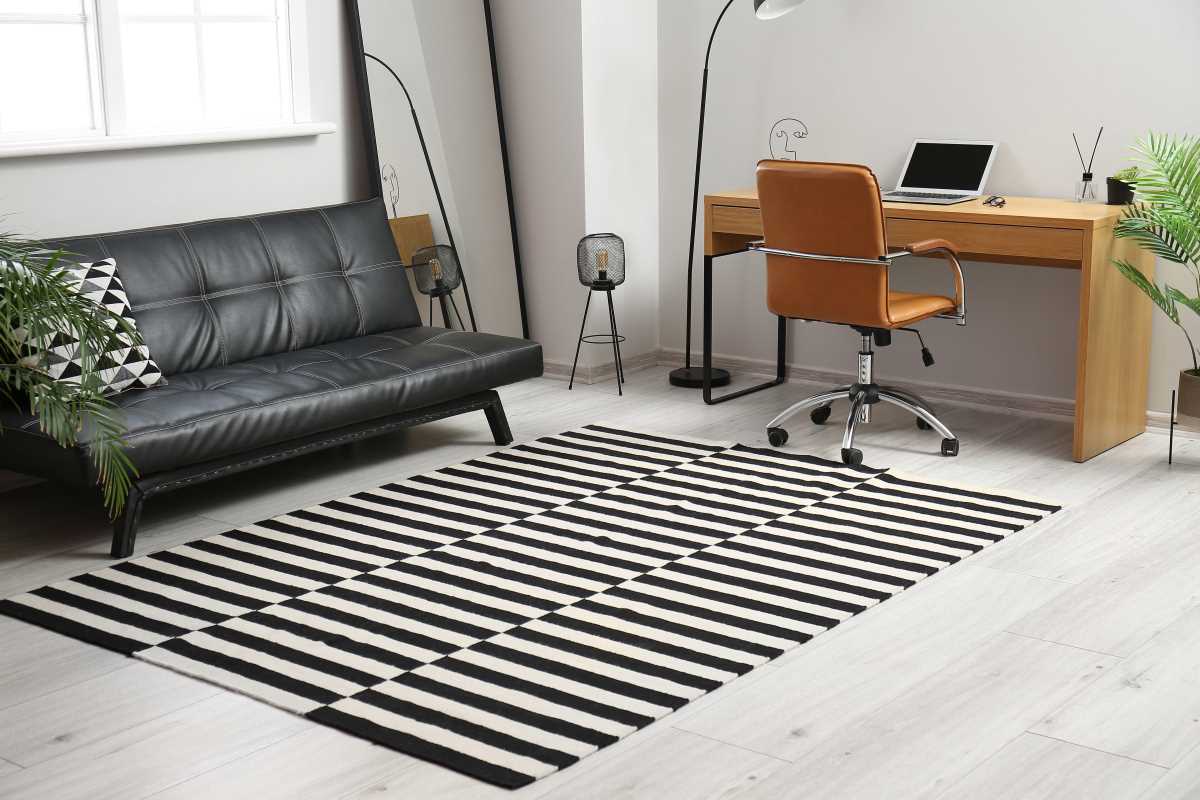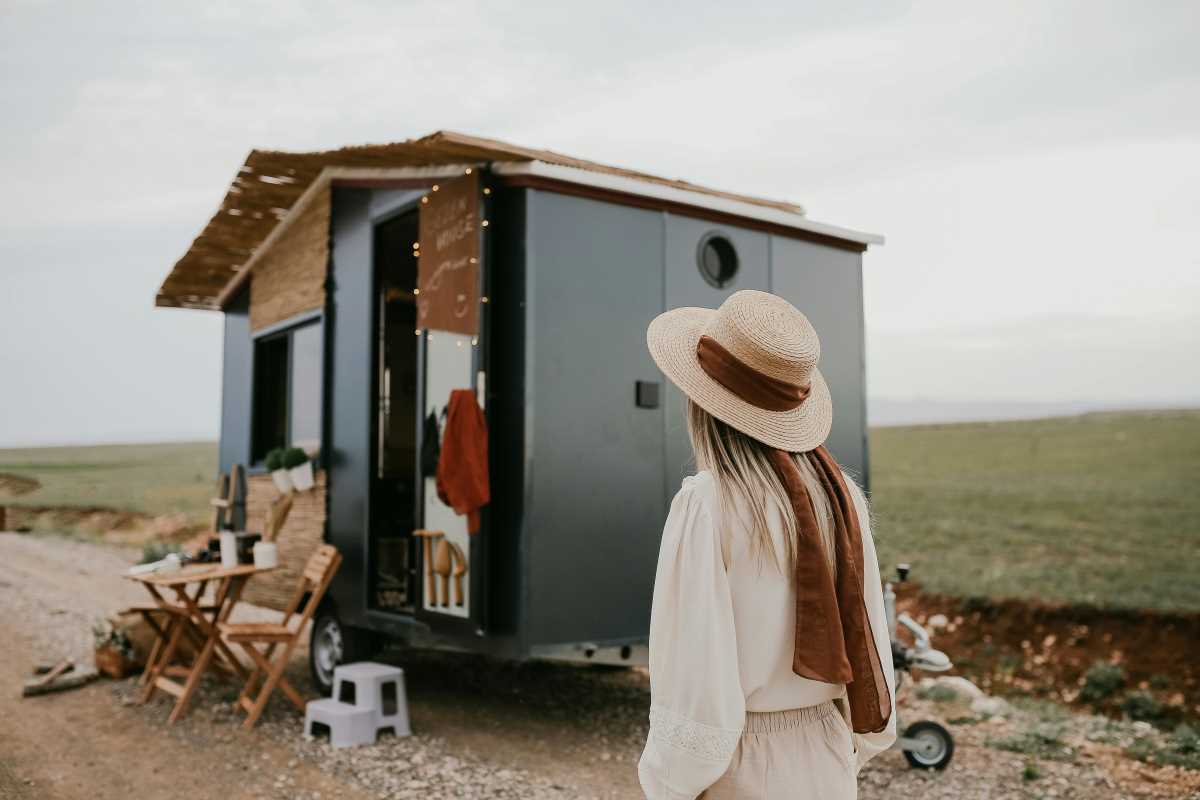Have you ever walked into a room and felt an immediate shift in your mood? Maybe the calming blues made you feel relaxed, or the vibrant reds energized you. Color isn't just a visual element in home decor; it's a powerful tool that can influence our emotions and overall well-being. Understanding the psychology of color can help you create spaces in your home that not only look good but also feel right for you.
Understanding Color Psychology
Color psychology is the study of how colors affect our feelings, behaviors, and perceptions. It's a fascinating field that explores how different hues can evoke specific emotions and reactions. For instance, warm colors like red, orange, and yellow are often associated with energy and warmth, while cool colors like blue, green, and purple tend to have a calming effect.
Each color carries its own set of meanings and can be perceived differently depending on cultural and personal experiences. By understanding these associations, you can make informed decisions about which colors to incorporate into your home to create the desired atmosphere.
The Impact of Colors on Mood
Colors have a profound impact on our mood and emotions. They can influence how we feel in a space and even affect our behavior. For example, blues and greens are known to promote relaxation and reduce stress, making them ideal for bedrooms and bathrooms. On the other hand, bright colors like yellow and orange can boost energy levels and creativity, perfect for home offices or kitchens.
Choosing the right colors for your home can enhance your living experience by creating environments that support your daily activities and emotional needs. Whether you're aiming for tranquility, excitement, or a balanced atmosphere, color plays a crucial role in achieving that goal.
Applying Color Psychology in Different Rooms
Each room in your home serves a different purpose and can benefit from specific color choices to enhance its function and atmosphere. Here are some room-specific color recommendations:
- Living Room: Opt for warm and inviting colors like beige, soft yellows, or muted oranges to create a welcoming space for family and guests.
- Bedroom: Choose calming colors such as light blue, lavender, or sage green to promote relaxation and restful sleep.
- Kitchen: Vibrant colors like red, yellow, or bright green can stimulate appetite and encourage social interactions.
- Home Office: Incorporate colors like blue or green to enhance focus and reduce stress, creating a productive work environment.
- Bathroom: Soft blues and greens can create a spa-like atmosphere, making the space feel refreshing and serene.
Color Combinations and Their Effects
Pairing colors effectively can amplify their psychological impact and create a harmonious balance in your home decor. Here are some effective color pairings and their effects:
- Blue and White: This classic combination evokes a sense of cleanliness and tranquility, perfect for bathrooms and bedrooms.
- Green and Beige: A natural and earthy palette that promotes relaxation and a connection to the outdoors, ideal for living rooms and bedrooms.
- Yellow and Gray: Combines the energy of yellow with the stability of gray, creating a balanced and modern look suitable for kitchens and offices.
- Red and Black: A bold and dramatic pairing that adds intensity and sophistication, great for accent walls or statement pieces in living areas.
- Purple and Gold: Luxurious and elegant, this combination adds a touch of opulence and works well in dining rooms or formal spaces.
Integrating Color Trends in Home Decor
Staying updated with color trends can help keep your home decor fresh and stylish. However, it's essential to choose colors that not only reflect current trends but also align with your personal preferences and the intended impact on mood. Popular trends often include muted tones, vibrant accents, and natural hues that complement various design styles.
Incorporating trending colors through accessories like pillows, rugs, or artwork can add a contemporary touch without overwhelming the space. Additionally, consider the long-term appeal of colors to ensure your home remains timeless and comfortable for years to come.
Choosing the right colors for your home is more than just a matter of aesthetics; it's about creating environments that support your emotional and psychological well-being. By understanding and applying the principles of color psychology, you can transform your living spaces into areas that not only look beautiful but also feel right for you and your family. Whether you're redesigning a single room or your entire home, thoughtful color choices can make a significant difference in how you experience your space.
 (Image via
(Image via





